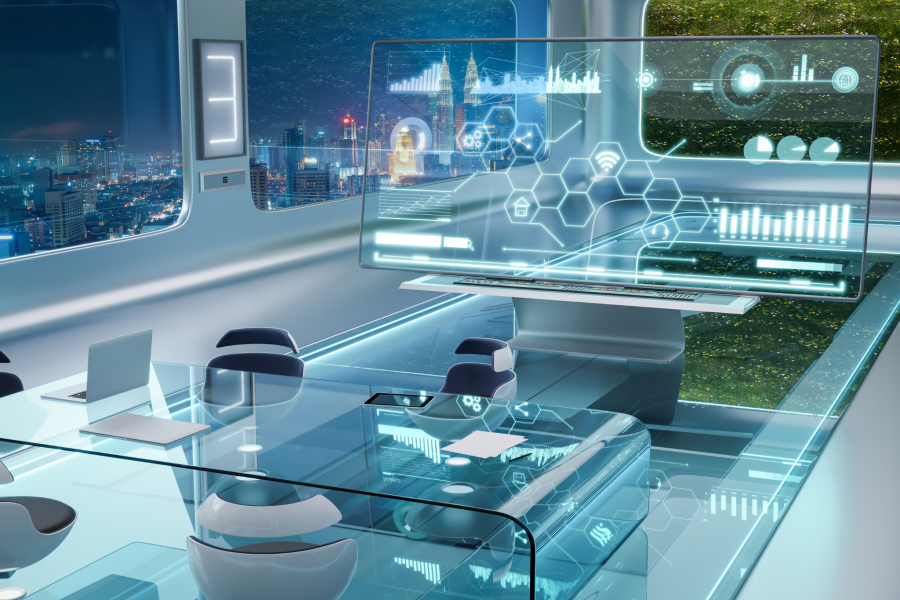How do you choose your venue when you go out?
Is it the exotic wine list, the convenience of available seating, the humming rhythm of the music, or the warm ambience of the lighting?
Perhaps it’s the demographic, the unique atmosphere, or the intriguing theme that draws you in?
Often, it might be an indescribable element, a certain ‘je ne sais quoi’ that makes the place just feel right. Creating a space that magnetises and engages people is the magical Theatre of Venue Design.
This art form synthesises psychology, interior design, and technology to create an immersive experience, an enchanting narrative you want to live and share with others in your sphere.
A handful of organisations masterfully orchestrate this, including the likes of Cirque du Soleil, Secret Cinema, Rainforest Café, Tomorrowland Festival, Hï Ibiza Nightclub, Bregenz Opera, and The Fat Duck Restaurant.
How do they weave such magic? The answer is both simple and complex.
They don’t start with the technicalities of sound systems, the glitz of flashy lights, projection systems, or other hardware. They begin with an understanding of what people crave when they seek an outing. Whether it’s familiarity, a sense of wonder, an escape from reality, or a quiet retreat, understanding these needs is key.
They start with a story.
Like master playwrights, these experts craft narratives that evoke a range of emotions in their audience – the visitors to the venue. They carefully consider what emotions they want to elicit, and then construct every element of the venue to contribute to that emotional tapestry.
The magic happens in the careful alignment of all elements – the subtle interplay of lighting, sound, aroma, tactile surfaces, spatial layout, and even the pace of service – to create a holistic sensory experience that immerses guests in the narrative. This is the heart of the Theatre of Venue Design: constructing a sensory journey that seamlessly integrates into the visitor’s experience.
For example, The Fat Duck Restaurant, a three Michelin starred restaurant, has taken this to the next level. They use a soundscape (music piped through headphones) to augment their “Sound of the Sea” dish, helping diners to feel as if they are really by the seaside, and making the food taste even more delicious. This clever use of sound creates a multi-sensory dining experience that transcends what is merely seen and tasted.
Similarly, Tomorrowland Festival’s intricate and fantastical stages transform the music event into an otherworldly experience. Their approach to design encapsulates their audience in a world of whimsy and wonder, where even the smallest details are crafted with intentionality, making every attendee feel part of a grand narrative.
This Theatre of Venue Design does not solely apply to entertainment and leisure spaces. Even corporate venues can benefit from adopting such principles. Creating spaces that inspire creativity, promote collaboration, and nurture well-being can significantly enhance employee productivity and satisfaction.
To venue owners and architects, we say: Don’t just design a venue. Design a journey. Understand your audience. Know what they crave, what makes them feel alive, or what gives them comfort. Then build your narrative around it.
Incorporate technology not just as flashy addons, but as vital components in your storytelling. Create moments of surprise and delight. And above all, remember, good venue design, like good theatre, should leave a lasting impression, a desire to return, and a story to tell.
The Theatre of Venue Design is about creating spaces that are not just places to visit, but experiences to be lived.
Let’s make going out an art form.
















